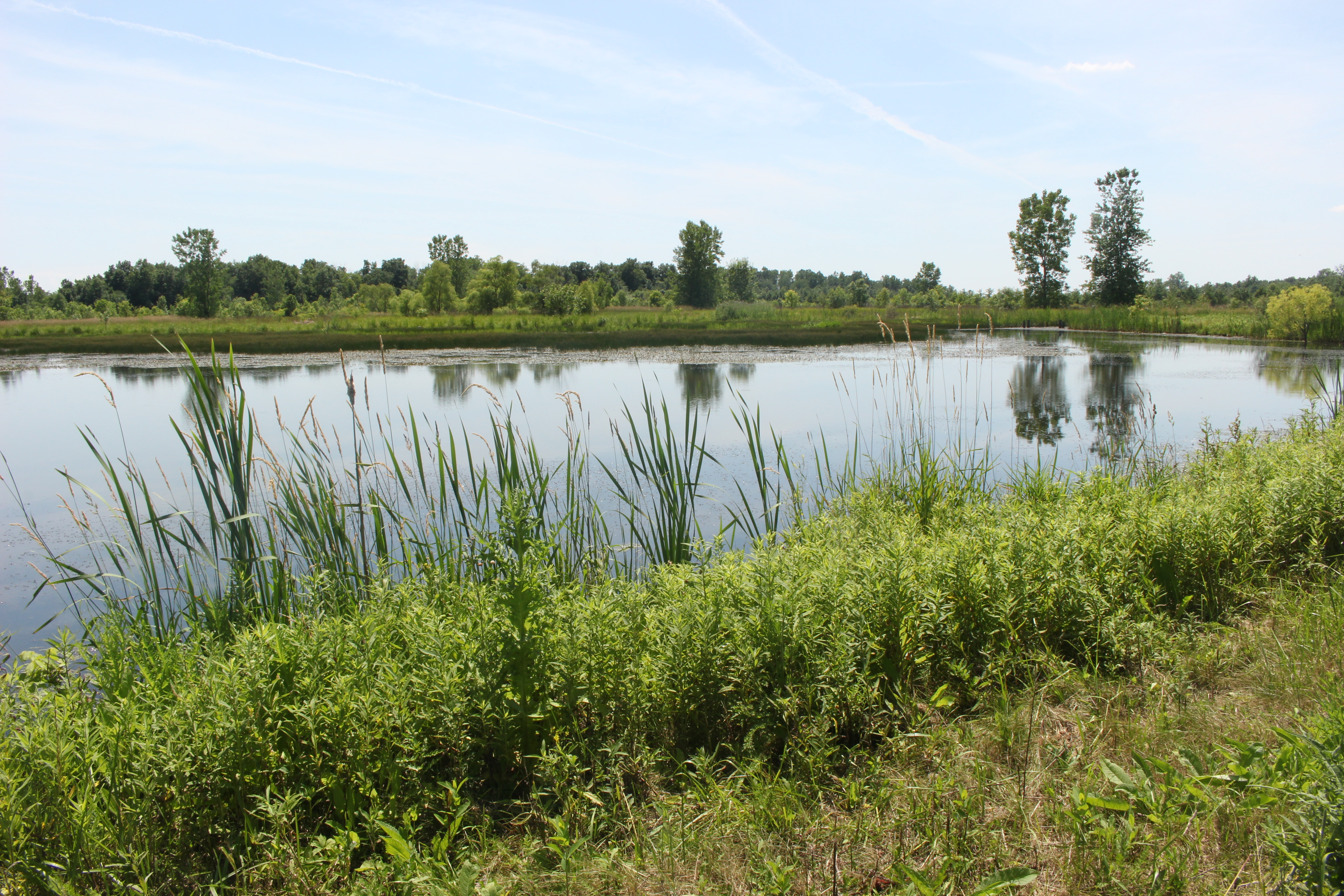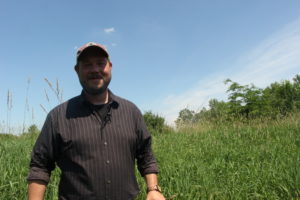
No daily deadlines. No manufactured news conferences. Plenty of time to ask questions. And a little bit of kayaking and fishing.
During the last week of June, I was part of a group of journalists from around the region who traveled with the Institute for Journalism and Natural Resources through Ohio, Michigan and Indiana. We talked with communities and experts on water quality issues in the Great Lakes region.
Ultimately, this fellowship will make my work as news director of Great Lakes Now that much better, starting with this series of snapshots where I’ll introduce you to some of the people we met who are working on and particularly affected by some of the biggest water quality issues. They’ll tell you why their work and experiences matter to all of us in the Great Lakes region and beyond, and I’ll help you learn more.
Where We Were: Little Auglaize Wildlife Reserve, Ohio
The Issue: Wetland restoration in Ohio
The Overview and What You Need to Know:
Little Auglaize Wildlife Reserve is 226 acres of what used to be farmland, acquired by the Black Swamp Conservancy earlier this year. It is just one of the properties that the nonprofit has obtained through easements, donation or outright buying in its attempts to preserve the land.
Less than 1 percent – about a thousand acres – is left of the original Great Black Swamp, a giant wetland area that at one point covered most of northwest Ohio.
But the goal of the Black Swamp Conservancy isn’t to undo all development and turn northwest Ohio back into the Great Black Swamp, just to preserve what’s left and bring back more wetlands.
“There’s clearly a link to our land use and water quality issues,” said Rob Krain, executive director of the Black Swamp Conservancy. “We like to say ‘Let’s feed wetlands, not algae blooms.’”
Wetlands are sometimes referred to as kidneys of the ecosystem because of how they filter out nutrients and contaminants. The lack of such wetlands around Lake Erie has contributed to the yearly algal bloom problem because there’s nothing filtering the nutrient runoff coming from the farms.
Aside from Lake Erie, Ohio’s wildlife benefits from extra wetlands as well.
“There was a point in the early 1900s we didn’t have deer, we didn’t have turkey, we didn’t have eagles… because we didn’t have any habitat for them,” said Meredith Gilbert, communications specialist with the Ohio Department of Natural Resources Division of Wildlife.
“There is definitely a balance for agriculture and natural habitat to coexist,” Krain said.
More Great Lakes Now News and Information on this Topic:
Bringing Back Milwaukee’s Swamps: Part I
Featured Image: Little Auglaize Wildlife Reserve





